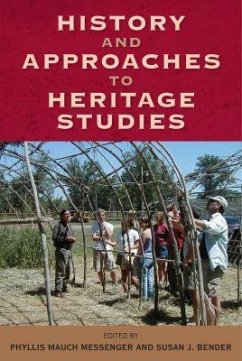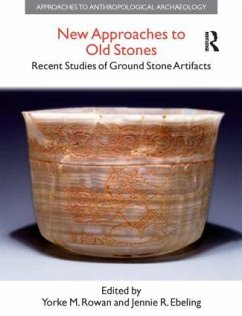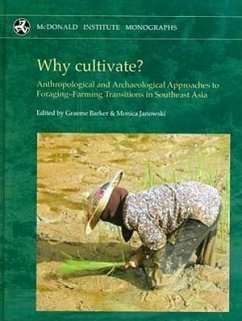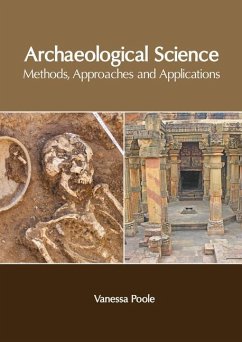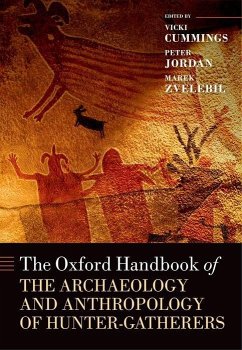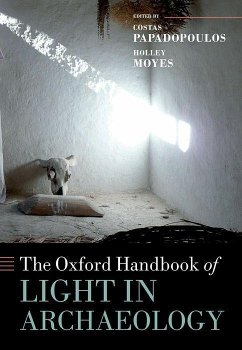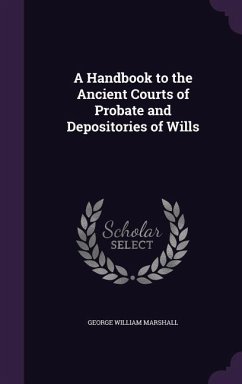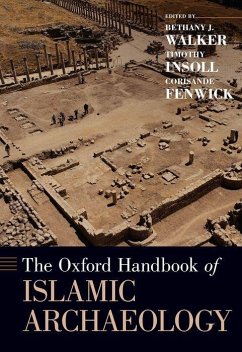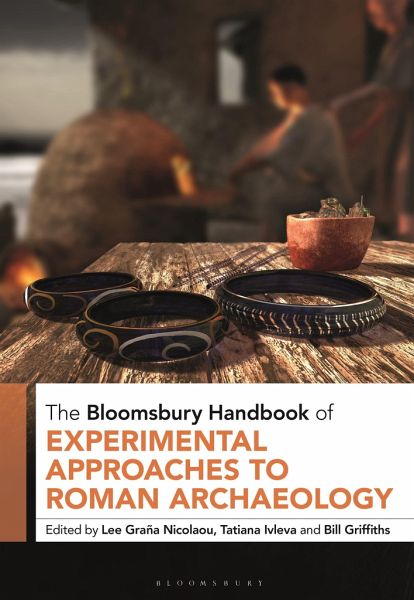
The Bloomsbury Handbook of Experimental Approaches to Roman Archaeology
Versandkostenfrei!
Versandfertig in über 4 Wochen
171,99 €
inkl. MwSt.

PAYBACK Punkte
86 °P sammeln!
"This volume is the first comprehensive overview of Roman experimental archaeology, exploring its key themes, methodologies and applications through a diverse array of international case studies. Each chapter showcases the actual and potential diversity of experimentation as applied to the Roman past. In laying out a detailed guide to Roman experimental archaeology, this volume maps its past, present and future, and provides a firm foundation for further practical research and collaboration"-- Provided by publisher.



